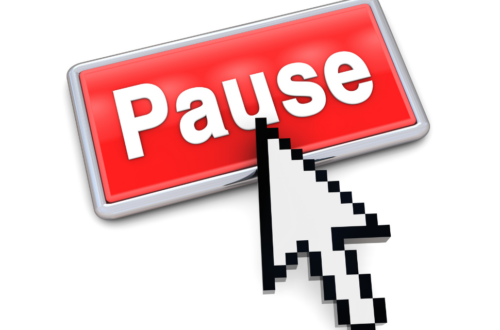Article • Dean Baker’s Beat the Press
What’s the Problem with 3.9 Percent Annual Wage Growth?

Article • Dean Baker’s Beat the Press
Fact-based, data-driven research and analysis to advance democratic debate on vital issues shaping people’s lives.
Center for Economic and Policy Research
1611 Connecticut Ave. NW
Suite 400
Washington, DC 20009
Tel: 202-293-5380
Fax: 202-588-1356
https://cepr.net
Not much can surprise me these days, but I admit to being somewhat surprised when the near universal reaction to the October jobs report was that the Fed will have to keep raising interest rates. The key issue of course is whether the labor market is so tight that it is creating inflationary pressures in the economy.
The 261,000 job gain reported for the month can be seen as bad news in this respect. It is faster than we can sustain in an economy that is near full employment. But it is not that much faster, and other data indicated a strong, but more normal labor market, like we had in 2019.
The share of unemployment due to voluntary quits fell sharply from the record high reported in September. The 14.6 percent share is lower than in many pre-pandemic months. Average weekly hours remained at a normal pre-pandemic level, after having risen sharply earlier in the recovery. The rise was most likely due to employers having workers put in more hours when they were unable to hire additional staff. Presumably, they are no longer having as much difficulty in hiring.
But the most important argument against further rounds of aggressive rate hikes by the Fed was in the wage data. After seeing moderate growth in the hourly wage in both August and September, we got another moderate number for October. If we take the annualized rate over the last three months, it comes to 3.9 percent, that’s down from an annual rate of more than 6.0 percent last fall.
There are two important points about this wage growth number. The first is that the direction of change is unambiguously downward. Other wage series, like the Employment Cost Index or the unit labor costs from the Bureau of Labor Statistics productivity data show the same story, even if the drop is less dramatic.
The direction of change matters because the path of wage growth is not what would be predicted by either a traditional Phillips Curve model or a Beveridge Curve model. These models imply that we need to either raise the rate of unemployment and/or sharply reduce the number of job openings in order to slow wage growth. Yet wages by pretty much any measure seem to be slowing sharply even with a low unemployment rate and a high ratio of job openings to unemployed workers.
The other point is that the 3.9 percent rate of wage growth we have seen over the last three months is arguably consistent with the Fed’s 2.0 percent inflation target. This is not much higher than the3.4 percent rate we saw in 2019, when inflation was comfortably below this target. Furthermore, there were periods in 2019 where the three-month rate got as high as 3.6 percent.
It is also important to remember that we had a large shift of income shares from wages to profit in the pandemic. We can argue whether this was due to the exploitation of monopoly power or simply an outcome of shortages created by the pandemic and the war, but the shift to profits is undeniable.
Anyhow, as we overcome the disruptions created by the pandemic and Russia’s invasion of Ukraine, we should expect to see some shift back from profits to wages. This is not because businesses are going to happily accept lower margins, but rather because if conditions of competition have not changed from the pre-pandemic period, then we should expect that profit shares will be driven back towards their pre-pandemic level.
Having followed the wage data closely for three decades, I am well aware that the monthly numbers are erratic and also subject to revision. It is entirely possible that when we get the November data, the wage picture will look very different. However, it is also possible that the data we are looking at now accurately reflect the current situation in the labor market.
If that is in fact the case, and wages are growing at a 3.9 percent annual rate, there is a good case that the Fed’s work is done. With prices of imported goods and shipping plunging, and rents due to slow sharply in 2023, we can see inflation close to the Fed’s target in the not distant future.
Given the visible progress in many areas, certainly the Fed can hold off on further rate hikes to see where things currently stand. Everyone recognizes that the full effects of rate hikes are not felt for many months. If the Fed has already raised rates enough to bring inflation down to acceptable levels, further rate hikes will be inflicting needless pain.
The Fed with have another jobs report to look at, as well as two monthly releases of the Consumer Price Index, and much other new data, before making a decision on rates at its December meeting. But the data we got from the October jobs report is certainly consistent with a pause by the Fed.